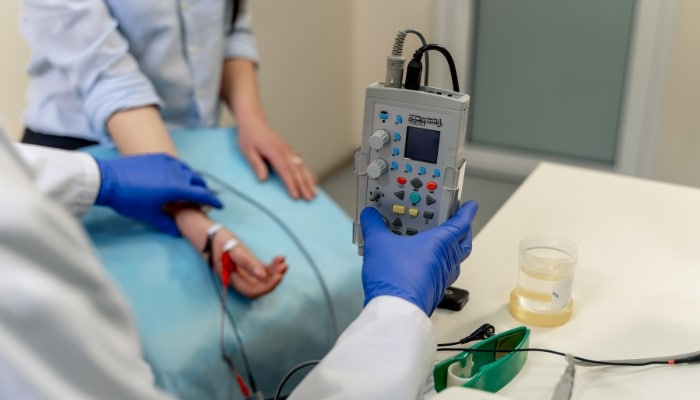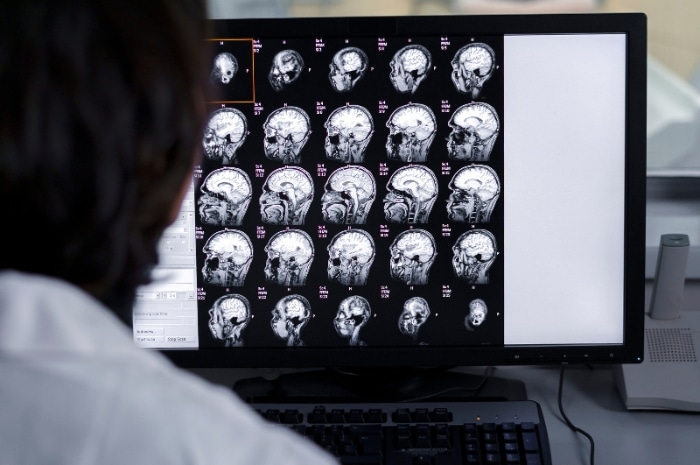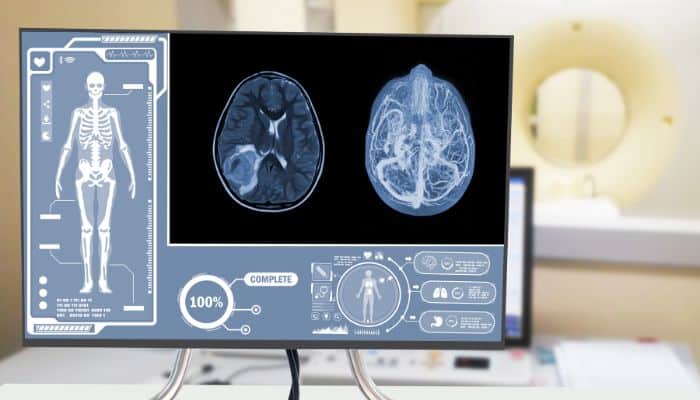4 min read
Understanding PET Scans: How They Work and What They Detect

When we hear about medical imaging, a lot of us immediately think about X-rays or MRI scans. But have you ever wondered how doctors look inside our brains to diagnose and treat neurological conditions? One key tool they use is the Positron Emission Tomography scan, or PET scan for short. But what exactly are PET scans, and how do they work to unveil the mysteries of our brain?
What is a PET Scan?
PET scans are a type of nuclear medicine imaging technique. They allow doctors to see how our organs and tissues are functioning on a cellular level. Unlike other imaging tests that only show the structure of the inside of your body, PET scans show how your cells are working. This is crucial for detecting diseases early, before they cause changes in the structure of organs or tissues.
How Do PET Scans Work?
The Process of a PET Scan
The PET scan process begins with a small amount of a radioactive substance, known as a radiotracer, being introduced into the body. This can be done through injection, inhalation, or swallowing, depending on what part of the body is being examined.
Once the radiotracer is inside your body, it travels to areas with high levels of chemical activity, which often correspond to areas of disease. Because of this, radiotracers are very good at finding cancer, areas of the heart with reduced blood flow, and brain disorders.
The Role of the PET Scanner
After the radiotracer has been absorbed by your body, you’ll be moved into the PET scanner. This machine detects the energy emitted by the radiotracer. By analyzing this energy, the scanner creates detailed images of the inside of your body, highlighting areas of high radiotracer concentration.

What Do PET Scans Detect?
PET scans are incredibly versatile and are used to diagnose a variety of conditions. Here are some of the key areas where PET scans make a difference:
Detecting Cancer
PET scans are highly effective in identifying cancerous cells because cancer cells have a higher metabolic rate than normal cells. This means they absorb more of the radiotracer, making them visible on the PET scan.
Diagnosing Heart Problems
By showing areas of the heart that have reduced blood flow, PET scans can help diagnose coronary artery disease and other heart conditions. They can also assess the damage after a heart attack.
Evaluating Brain Disorders
PET scans are valuable in the diagnosis and management of neurological conditions, such as Alzheimer’s disease, epilepsy, and Parkinson’s disease. They can show areas of the brain that are not functioning normally.
Are PET Scans Safe?
The amount of radiation in a PET scan is low, making it a safe procedure for most people. However, it’s not typically used for pregnant women or those breastfeeding, due to the potential risks to the baby.

Conclusion
PET scans are a window into the functioning of the human body, offering insights that were once hidden from the medical community. By understanding how PET scans work and what they detect, we can appreciate the role they play in diagnosing and treating diseases, especially those affecting the brain. So, next time you hear about PET scans, you’ll know exactly how these incredible tools help keep our brains healthy and our bodies running smoothly.
